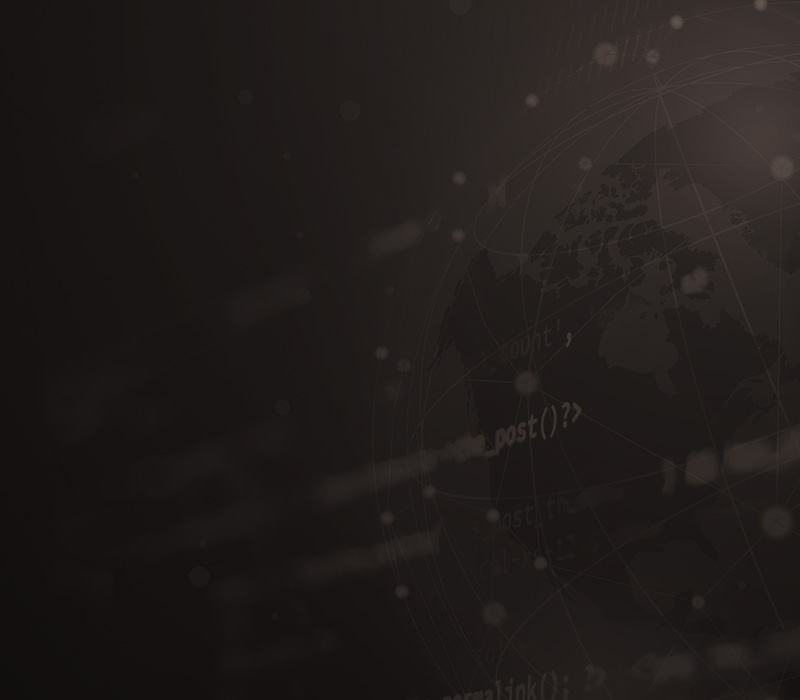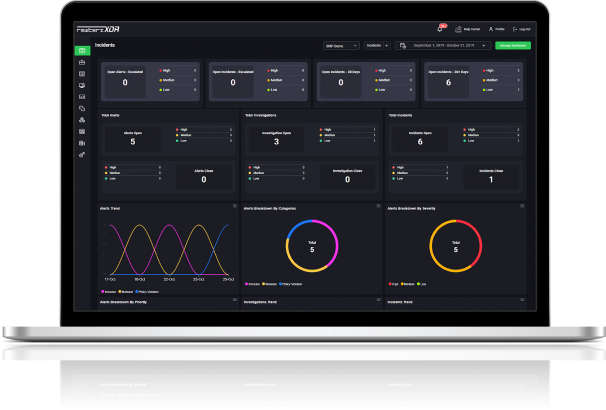

Stealc Information Stealer Malware – Active IOCs
June 25, 2025
Multiple Intel Products Vulnerabilities
June 25, 2025
Stealc Information Stealer Malware – Active IOCs
June 25, 2025
Multiple Intel Products Vulnerabilities
June 25, 2025Severity
High
Analysis Summary
The recent escalation in geopolitical tensions between the U.S., Iran, and Israel has triggered a significant surge in hacktivist activity targeting American infrastructure. In the aftermath of U.S. airstrikes on Iranian nuclear sites on June 21, 2025, pro-Iranian hacktivist groups retaliated with coordinated distributed denial-of-service (DDoS) attacks against U.S. military domains, aerospace firms, and banking institutions. This cyber offensive marks an expansion of a conflict that began with Israel’s strikes on Iran on June 13, evolving into a broader cyber warfare campaign involving multiple actors.
According to the Researcher, Prominent hacktivist collectives such as Mr Hamza, Team 313, Cyber Jihad Movement, and Keymous+ orchestrated these attacks using the hashtags #Op_Usa and #OpUSA, signaling synchronized campaigns aimed at disrupting critical American sectors. The Department of Homeland Security issued an advisory on June 22, warning of ongoing low-level attacks and the potential for more advanced intrusions by Iranian state-affiliated actors. Cyble’s threat intelligence confirms these groups often exploit weakly secured systems and internet-exposed assets, underlining the persistent cyber threat landscape facing U.S. entities.
Technical assessments revealed the primary attack technique involved volumetric DDoS strikes capable of rendering enterprise-grade networks nonfunctional for extended periods. Mr Hamza exhibited advanced operational behavior by sharing real-time outage reports via check-host.net, evidencing sustained 10-hour disruptions. Keymous+ specifically targeted financial organizations, validating short-term service outages also through the check-host.net documentation. These findings suggest sector-specific targeting and a high degree of operational coordination, raising concerns about potential collaboration with more sophisticated threat actors.
The Cyble “Iran-Israel Conflict Hacktivism Threat Monitor” sheds light on the broader dynamics, showing that out of 88 active hacktivist groups in the region, 81 support Iranian interests, with only six aligned with Israel and one neutral. The disproportionate alignment reflects the asymmetric nature of the cyber conflict. Though the number of affected U.S. organizations (15) and websites (19) remains relatively limited, the campaign’s scale, precision, and coordination highlight a shifting cyber threat landscape increasingly shaped by hacktivist operations driven by geopolitical conflict.
Impact
- DDoS
- Financial Loss
Remediation
- Continuously monitor critical infrastructure for signs of DDoS activity using advanced threat detection and traffic analysis tools.
- Implement robust DDoS protection solutions, such as cloud-based scrubbing services and rate-limiting controls, to absorb and mitigate attack traffic.
- Configure firewalls and intrusion prevention systems (IPS) to detect and block unusual traffic patterns associated with known hacktivist tactics.
- Use geo-blocking or geofencing to restrict access from high-risk regions if not essential to business operations.
- Regularly update and patch internet-facing systems, applications, and network devices to reduce exploitable vulnerabilities.
- Conduct regular vulnerability assessments and penetration tests to identify and remediate weak points in your infrastructure.
- Establish incident response plans specifically tailored to handle DDoS attacks and hacktivist campaigns.
- Enable real-time alerting and logging across all network layers to ensure rapid detection and response.
- Work with your internet service provider (ISP) to develop coordinated response strategies in the event of large-scale attacks.
- Educate employees and IT teams about the signs of hacktivist activity and response protocols.
- Ensure proper segmentation of critical systems to prevent cascading impacts from a single point of failure.
- Monitor social media and hacktivist forums for chatter related to your organization or sector, allowing proactive defense measures.








